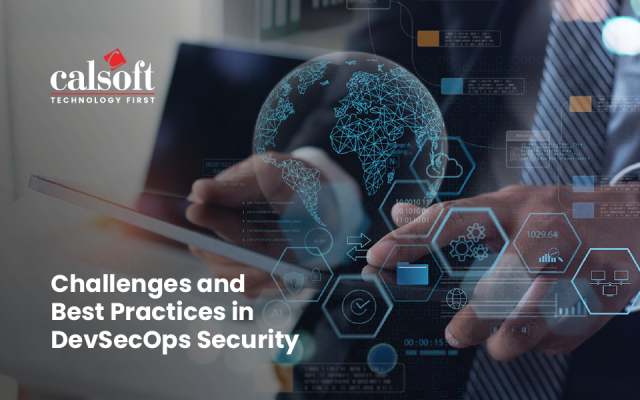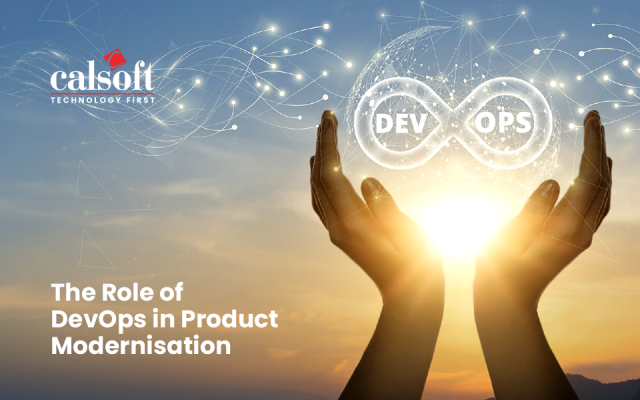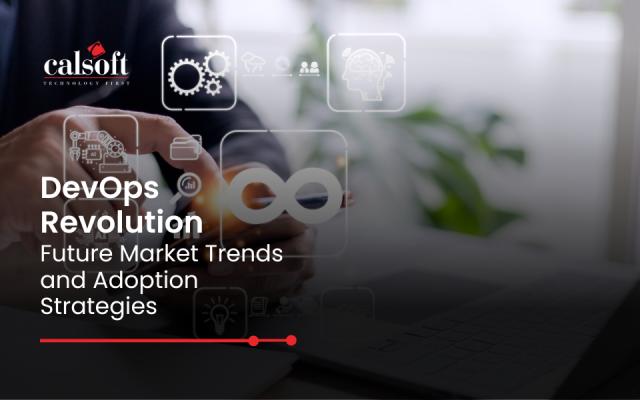We had just about gotten used to acronyms such as CI, CD, and DevOps when the new kid on the block announced its arrival. DevSecOps is the new entrant in the world of software development as a result of the latest, must-adopt evolution of DevOps. DevSecOps stands for Development, Security, and Operations.
What is DevSecOps?
We are now familiar with how DevOps integrates development and operations to improve and accelerate software development. DevOps was not built considering security insertion in the system and hence DevSecOps came into play. DevSecOps takes the philosophy of DevOps and amplifies it by integrating security practices within the DevOps process.
Until now, security has often been projected as the Achilles Heel of development methodologies like DevOps. While DevOps can be leveraged to build robust and dynamic applications to meet the needs of today, given the changing security landscape, it was about time to ask “are these security measures enough?” Are the old security models sufficient and working capably in this age of continuous delivery? While DevOps remains a highly collaborative environment, is it justified for security to remain in a silo?
DevSecOps makes sense in today’s business narrative – here’s why
Given today’s software-defined landscape, just focusing on speed, scale, and functionality of applications is no longer enough to call an application successful.
As cyber-attacks, hacks, and security breaches become a constant threat, especially in the current pandemic-induced global lockdown scenario, iron-clad security measures are becoming a business imperative. What if some malware gets introduced during the development process or worse, once an application has been rolled out to customers? The implications are many and they are substantial. For instance, the cost of a single data breach can amount to more than $150 million. But the damages can be more than just financial, cyber-attacks can result in a loss of face for the business as a whole.
“The purpose and intent of DevSecOps, is to build on the mindset that ‘everyone is responsible for security’ to safely distribute security decisions at speed and scale to those who hold the highest level of context—without sacrificing the safety required,” says DevOps advocate Shannon Lietz.
Benefits of DevSecOps
By integrating Security and DevOps we can make sure that security is always “top of the mind” when developing and deploying applications for both developers and network administrators.
Along with this, the other advantages of DevSecOps are:
- Increased speed of delivery by detecting and fixing security issues early on during the development process
- Enhanced speed of recovery in case of a security incident
- Increased code coverage, and reduced vulnerabilities and insecure defaults
- Capacity to stay ahead of innovations in cybercrime by robust security auditing, monitoring, and timely notifications
This conversation on DevSecOps also becomes more relevant as we witness a steady shift in IT infrastructure. We’ve adopted the cloud. Dynamic provisioning and shared resources are a mainstay. And while we have brought development and operations under one automated umbrella, security and compliance monitoring tools haven’t kept up with this pace of change. The math is simple – more automation from the beginning leads to fewer mistakes and reduces the chances of downtime or attacks. When security functions such as firewalling, identity and access management (IAM), vulnerability scanning, etc. are enabled programmatically throughout the DevOps lifecycle, security professionals can do more high-value work like setting up policies and focusing on business strategies.
For the longest time, security has been perceived as a barrier to innovation, a pesky irritant even. With DevSecOps, we can witness a sudden shift in the software development landscape—that of ‘shifting security left’ and making it seamlessly aligned with the development process itself to boost innovation, but securely.






